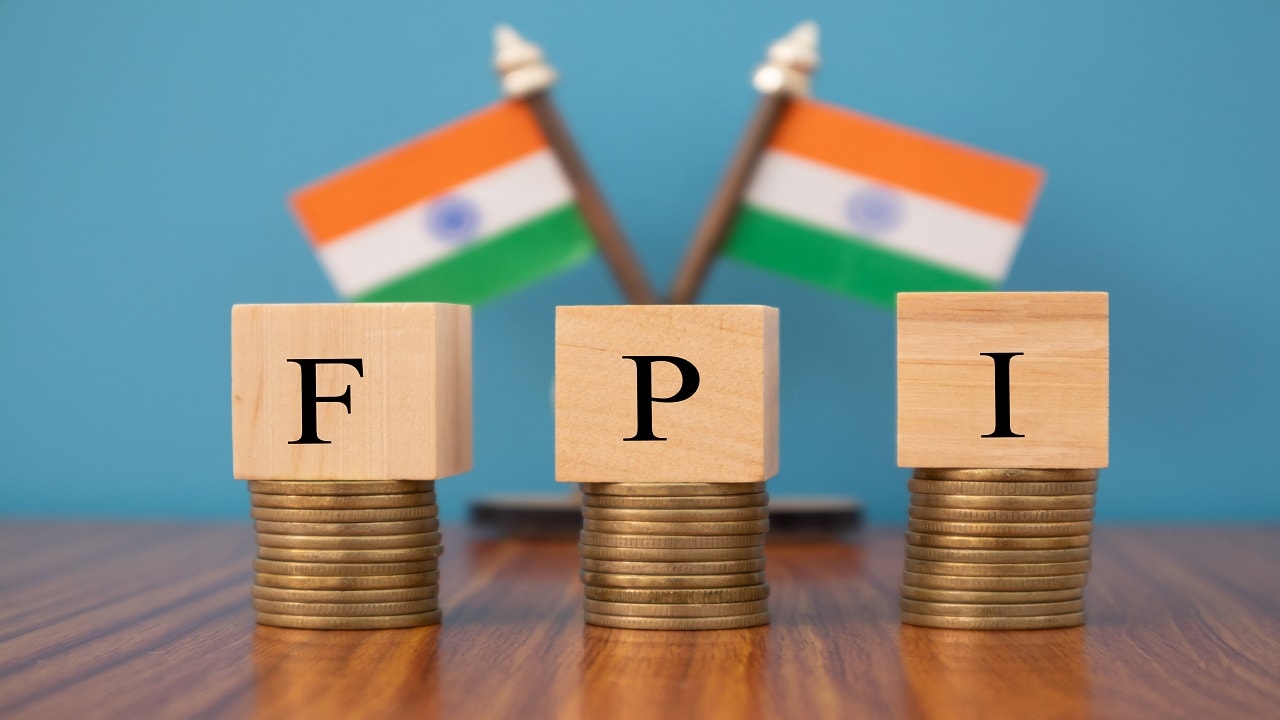The Weight Loss Incentive
A Chinese company embarked on an unprecedented wellness program designed to encourage employees to prioritize their health. The core of this program involved
a financial incentive: participants were awarded ₹6000 for every 0.5 kilograms of weight they successfully lost. This ambitious undertaking, referred to as the 'Million Yuan Weight-Loss Challenge,' distinguished itself by coupling monetary rewards with health goals, offering a compelling motivation for employees to engage in weight management. The structure of the initiative was carefully designed to create a motivating atmosphere, potentially transforming corporate wellness paradigms across industries. This highlights the novel integration of financial incentives into a corporate wellness framework and its potential to revolutionize how companies support employee health goals.
Inspiring Success Stories
The program’s inherent attractiveness was amplified by the emergence of inspiring success stories. Although no specific examples are provided within the article’s parameters, the implicit potential for positive outcomes served as a key driver. The prospect of significant financial gains, combined with visible health improvements, provided potent motivation for participation. These individual triumphs are vital in demonstrating the challenge's viability and in encouraging wider acceptance. Success stories highlight the challenge's impact beyond mere weight loss, showcasing improved physical and psychological well-being, thus establishing a benchmark for future initiatives focused on holistic wellness. These personal narratives enhance the overall appeal of the program, emphasizing how it encourages participants to adopt healthier lifestyles and achieve notable, demonstrable outcomes.
How the Challenge Worked
The mechanism underpinning the 'Million Yuan Weight-Loss Challenge' comprised several key components. The precise details of the operational model are not available in the given context, but the core concept involved a well-defined structure where employees could earn ₹6000 for every 0.5 kg of weight lost. This monetary incentive served as the primary motivator, encouraging active participation. The setup presumably included methods for monitoring and validating weight loss, possibly incorporating regular weigh-ins and medical check-ups to ensure the integrity of the challenge. The goal was to incentivize employees to adopt sustained, healthy practices, fostering a culture of well-being within the workplace. Further investigation into its specific operational mechanics, including methods for weight measurement and adherence to health guidelines, would enhance the comprehension of its efficacy and application in various settings.












